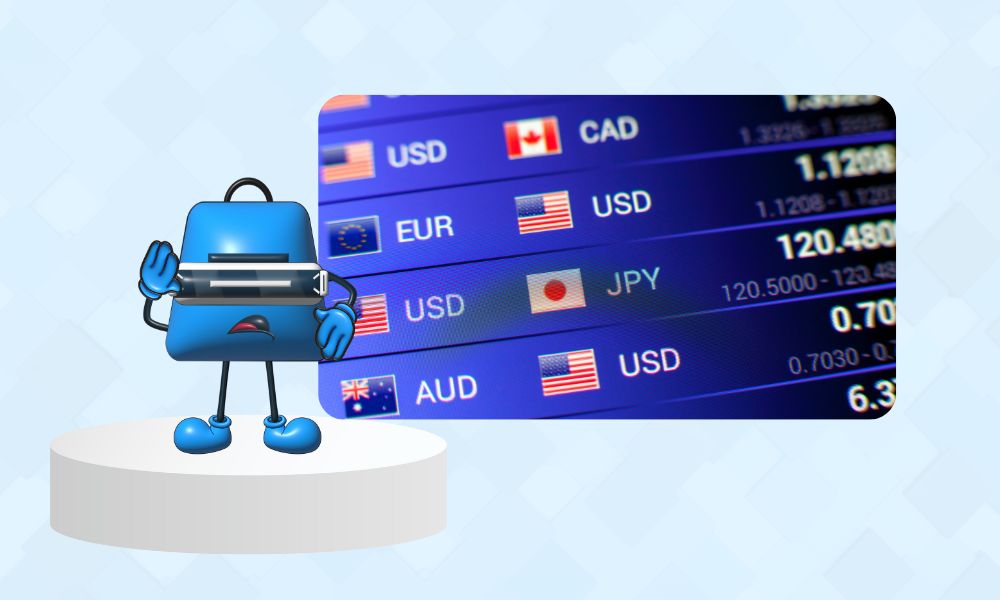The dollar makes slight gains while investors mull over the outlook for interest rates and the economy.
There will be a multitude of significant decisions made by central banks the following week, including those made by the Federal Reserve, the European Central Bank, and the Bank of England.
The most important concern for traders and investors is whether or not inflation has hit its maximum level, which would provide policymakers greater leeway to implement interest rate hikes of a more moderate nature over the next few months.
The monthly consumer inflation reading for the United States is also due the following week; it will be released on December 13, one day before the Fed's policy meeting on that day, and it may play a vital role in determining longer-term expectations for monetary policy.
According to Adam Cole, a currency analyst at RBC, "U.S. CPI is the one data release that seems to really important for broader dollar direction at the moment," and "until we have those central bank meetings and one key monthly U.S. data release, not a great deal is occurring."
The value of the dollar remained relatively unchanged in comparison to a number of foreign currencies. The last time we checked, the euro was trading at $1.0507 against the dollar, while the pound had dropped 0.3% to $1.2171.
The yen, which is extremely sensitive to changes in the rates on U.S. Treasury securities, dropped by 0.25% to 136.90, giving up some of the gain of 0.4% that it had on Wednesday.
Since reaching a 15-year high in late October, the yield on the 10-year Treasury has been on an almost continuous downward trend, shedding over a whole percentage point in the process. In point of fact, it has reversed over half of the climb that took place between the four-month lows seen in August and the peak seen in October, which was around 4.34%.
In the meantime, the price of a barrel of oil has dropped below $80 for the first time since Russia invaded Ukraine in late February. This comes as anxiety has grown on the extent to which a slowing economy may effect the demand for energy around the world.
The price of Brent crude futures has declined to around $78 per barrel after reaching a 14-year high of $139.13 in the beginning of March. According to the American Automobile Association, the price of a gallon of gasoline at the pump in the United States is currently $3.329, which is 0.4% less than what it was at this same time last year. In June, the price of gasoline touched a record high of $5.016.
As a result of the decline in oil costs, market-based forecasts regarding future inflation have become less anxious. After reaching a high of more than 3% in April, the 10-year breakeven inflation spread is currently at a low of just 2.27%. This gap is calculated by subtracting the yield on an inflation-linked Treasury from that on a nominal 10-year note.
The value of the dollar has fallen by 6.2% since the beginning of this quarter due to the combined effects of these two factors and a reduced anticipation that the Federal Reserve will continue to raise interest rates at the same aggressive pace.
According to data provided by Refinitiv, as a result of this, the value of the US dollar is on track to have its worst quarterly performance since the third quarter of 2010, when it dropped 8.5%, and its worst performance in the fourth quarter since 2004, respectively.
"The price action continues to highlight that market participants are becoming less concerned over upside inflation risks and more concerned over downside risks to global growth," Lee Hardman, currency strategist at MUFG, said in a note. "The price action continues to highlight that market participants are becoming less concerned over upside inflation risks."
The yield on the 10-year Treasury note was last seen up 5 basis points at 3.45%, having come close to reaching its lowest level in in three months overnight.
The money markets indicate that there is a 91% chance that the Federal Open Market Committee, which is responsible for formulating policy, will raise interest rates by a half point the next week, while there is only a 9% chance that there would be another 75 basis point increase. Rates are projected to reach an all-time high of slightly less than 5% in May.
After China announced another relaxation of some of its extremely rigorous COVID regulations, the yuan continued to trade at levels that were nearly identical to those seen prior to the announcement.
In offshore trade, the value of the United States dollar increased by 0.1% to 6.9670 yuan, recouping part of the 0.34% loss it suffered on Wednesday. On that day, the Chinese government said that it will loosen several COVID-19 regulations, which have severely harmed the economy.

Comments
Post a Comment